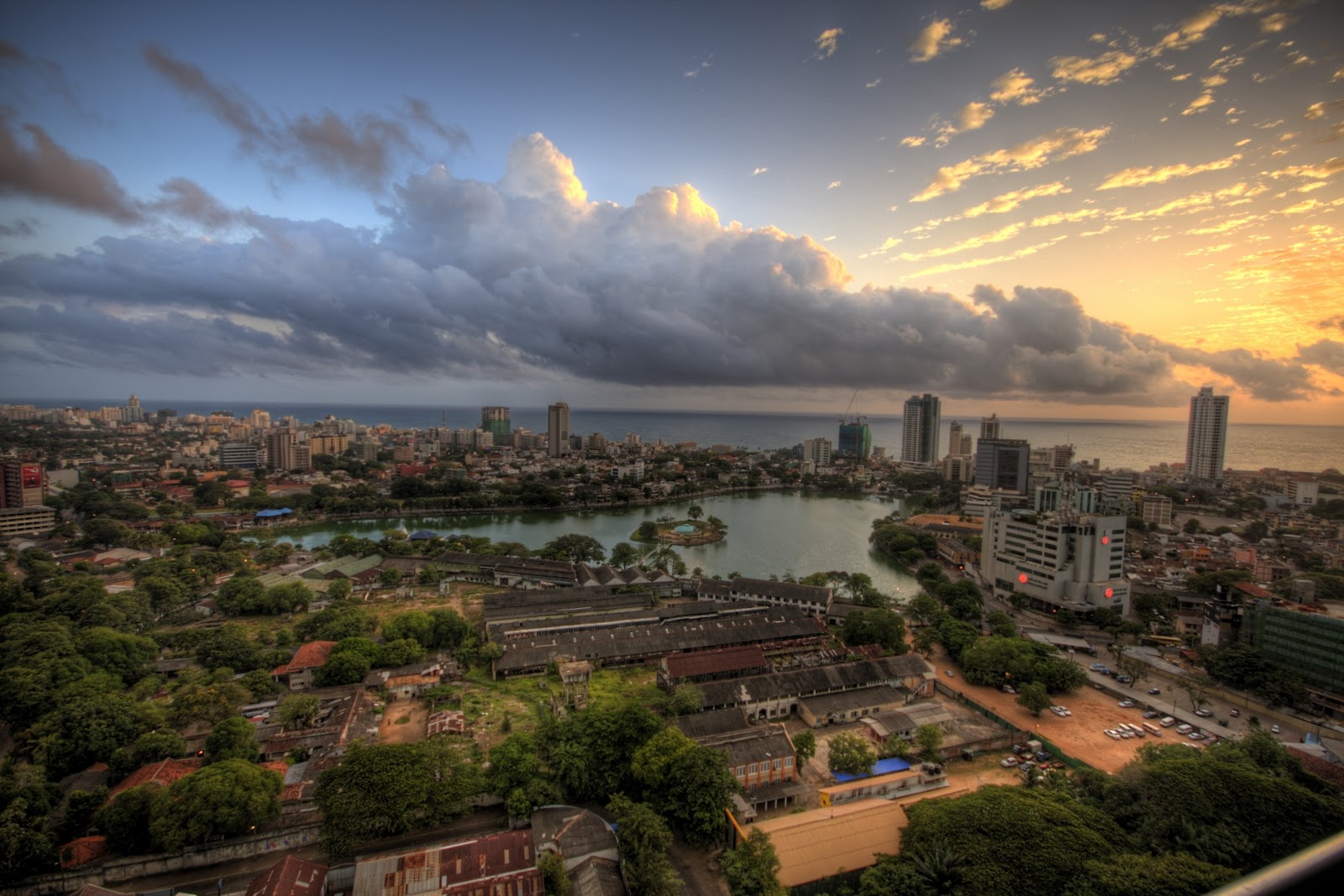When you’re in Sri Lanka, this is the one place that you won’t miss out on. The whole country is based on this small city, which is the most populous in the country, which in turn makes it very busy and noisy and you will always be surrounded by about 50 people wherever you go. Even though this is the economic capital of Sri Lanka, and even though this is becoming a concrete jungle each passing day, there is still a surprising number of trees and greenery to be seen. Combined with the humid climate and the unpredictable rainfall, the essence of a true tropical island is still there in this city many of us call home.

Out of the 22 million population of Sri Lanka, a staggering 5.6 million live in the Colombo metropolitan area and around seven hundred thousand people live within the city limits. Among this seven hundred thousand are Sinhalese, Sri Lankan Tamils, Sri Lankan Moor and relatively small groups of Chinese, Portuguese Burgher, Dutch Burgher, Malay, and Indians. Add to this the growing number of European expatriates who find peace in this tropical climate, and the number of ethnic groups continuing to expand, makes Colombo an even more diverse city, both ethnically and culturally.

In addition to accompanying a multi-cultural society, Colombo is also one of the most important tourist attractions in the country thanks to its historical monuments that were built in the time of the Kingdom of Kotte and as a colony of the Portuguese, Dutch and the British. This has been aided by the recent developments in the city to attract even more attention from all around the world. For a city that is small on a global scale, Colombo is home to some of the most important landmarks in the entire country and the world, including the Royal Colombo Golf Club, Viharamahadevi Park (previously known as Victoria Park), Gangaramaya Temple, etc. In the heart of the city is the Galle Face Green, which is a 12-acre park stretching along the coast. It was used as for horse racing from 1820 to 1893, when it was called the Colpetty Race Course, until horse racing was moved to the Colombo Racecourse. It was also used to play Golf, Cricket and Rugby during the Colonial times. At present, on the 4th of February every year, the Independence Day Parade is held here.

Situated south of Galle Face Green is the Galle Face Hotel. Built in 1864 by four British businessmen, it was initially called the Galle Face House. This hotel, which has a history of over 150 years, has welcomed celebrity guests including Mahatma Gandhi; the first man in space, Yuri Gagarin; John D. Rockefeller; former British Prime minister Edward Heath; Princess Alexandra of Denmark; Prince Phillip, Duke of Edinburgh; First Prime Minister of India Jawahar Lal Nehru; Indira Gandhi, Prime Minister of India and so on. It was also known for Kottarapattu Chattu (K.C.) Kuttan, the iconic doorman who is considered as one of the oldest and the most famous hotel employees in the world, who worked here as a doorman until his death at the age of 94.


Colombo has it own natural harbor, which was used by Indian, Greek, Persian, Roman, Arab and Chinese traders over 2000 years ago. In 1505, the Portuguese landed in Kotte due to a lucky accident which started the colonial era of Sri Lanka. They managed to establish control of Colombo by 1593 and used it as the capital to maintain their control over the coastal area and their major base in Goa, India. The name “Colombo” was first introduced by the Portuguese. The origin of that is still a mystery. One theory is that is it derived from “Kola-Amba-Thota” which translates to the “harbor with leafy mango trees”. Another belief is that it is derived from “Kolon thota” which means the port on the river Kelani. Then came the Dutch in 1638, after they signed a treaty with King Rajasingha II of Kandy, to aid the King in the fight against the Portuguese in exchange for island’s major trade goods.


But the most important of all, the British managed to capture Colombo in 1796 by signing a treaty with the Dutch and they eventually managed to extend their control all over the island by 1815, unlike the other two who tried before. They are responsible for most the architecture and planning of the city, that still serves as the base for today. The buildings, structures, names and cultural roots of these three colonial eras has shaped Colombo in a unique way, that makes it stand out from any other city in the world.
It is no wonder you feel like you are walking through time when you are in Colombo, because it is indeed similar to a journal written about the history of Sri Lanka. The buildings, the places, the people you meet, are all part of its identity and character, which have their roots set over thousands of years ago by the numerous events that took place, and you can begin to understand why it feels so special to be a part of all this.
Rtr. Pruthuvi Fernando
